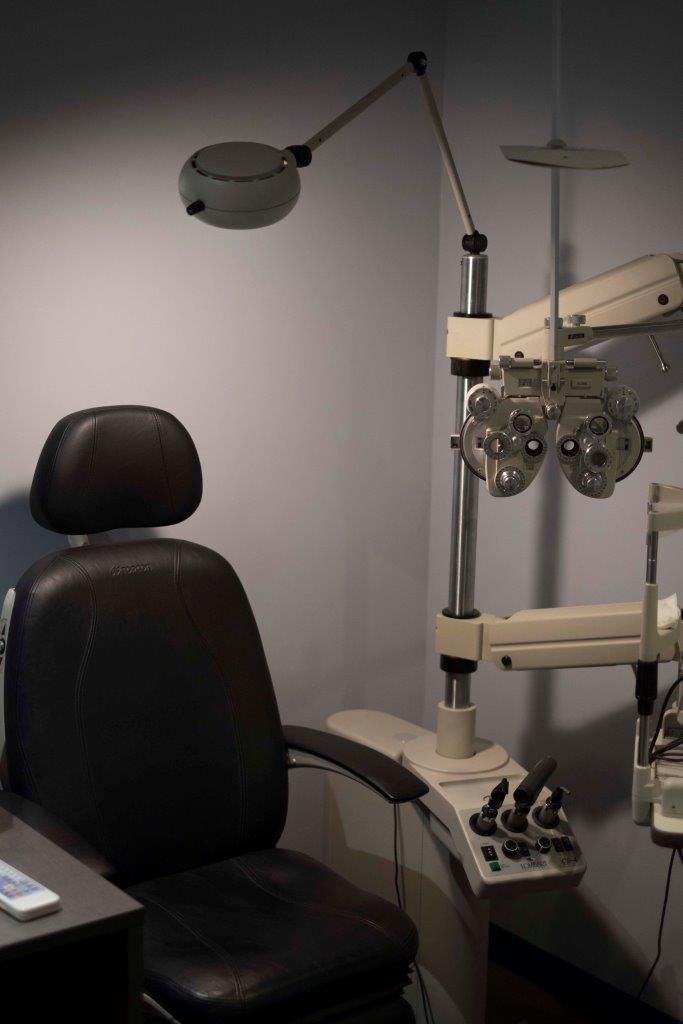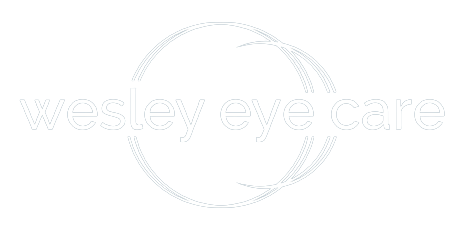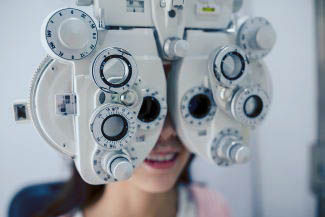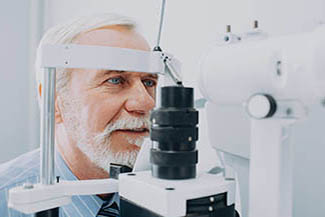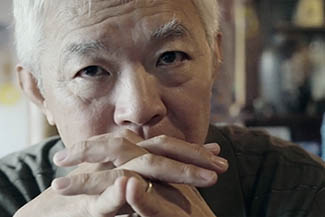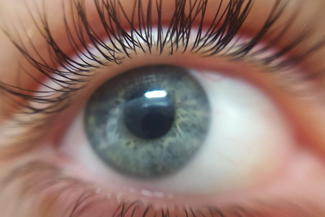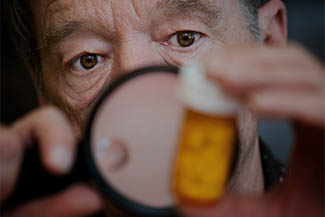Light reflects off of objects and enters the eyeball through a transparent layer of tissue at the front of the eye called the cornea. The cornea accepts widely divergent light rays and bends them through the pupil—the dark opening in the center of the colored portion of the eye.
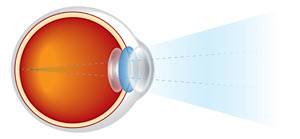
The pupil appears to expand or contract automatically based on the intensity of the light entering the eye. In truth, this action is controlled by the iris—a ring of muscles within the colored portion of the eye that adjusts the pupil opening based on the intensity of light. (So when a pupil appears to expand or contract, it is actually the iris doing its job.)
The adjusted light passes through the lens of the eye. Located behind the pupil, the lens automatically adjusts the path of the light and brings it into sharp focus onto the receiving area at back of the eye—the retina.
An amazing membrane full of photoreceptors (a.k.a. the “rods and cones”), the retina converts the light rays into electrical impulses. These then travel through the optic nerve at the back of the eye to the brain, where an image is finally perceived.
